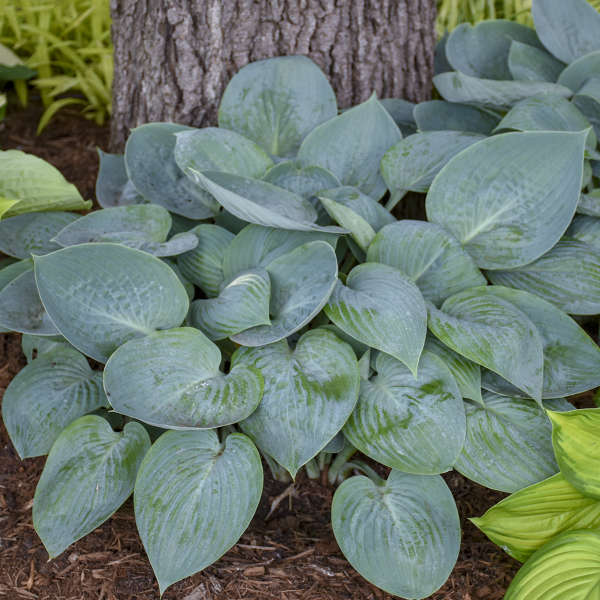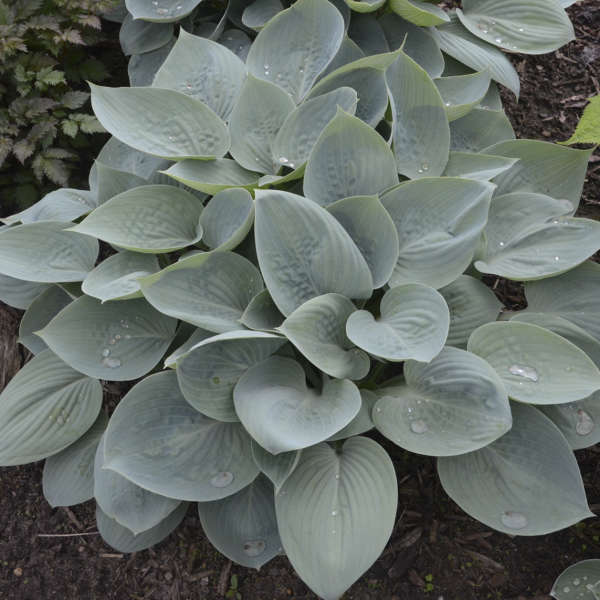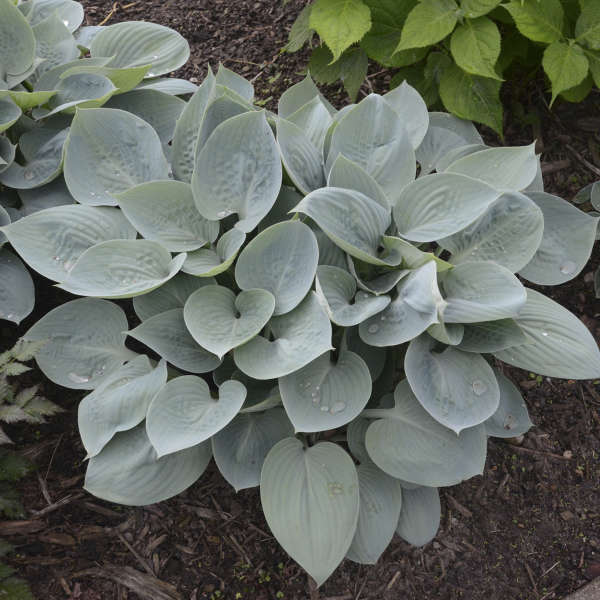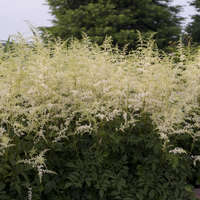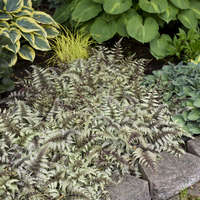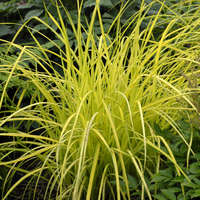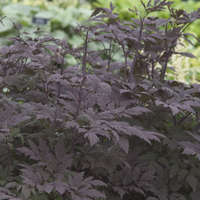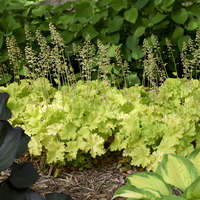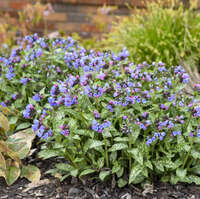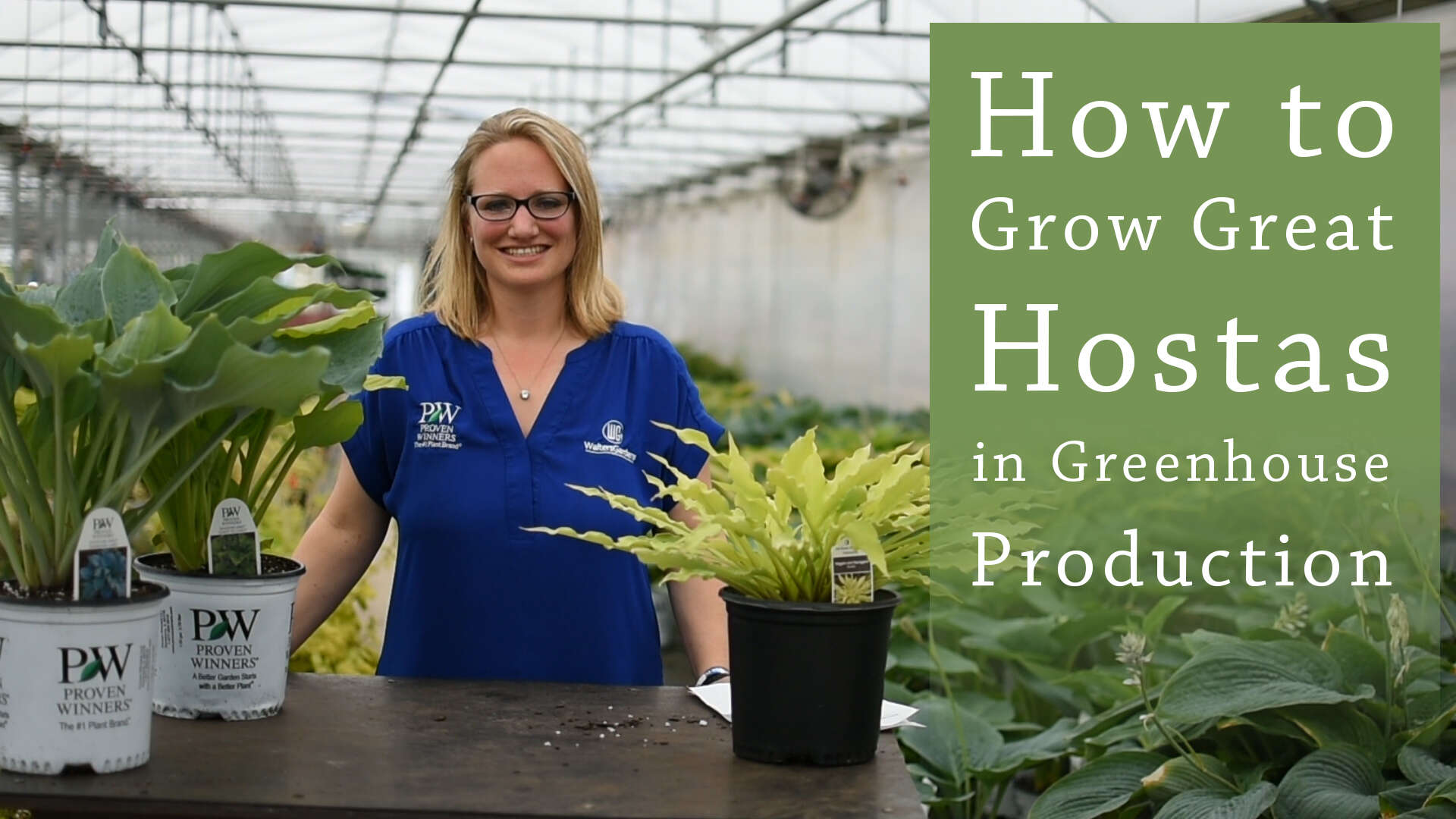Hosta 'Prairie Sky' PP17309
Common Name: Hosta
Though his garden was filled with hostas, ‘Prairie Sky’ was the bluest of all in breeder Hans Hansen’s collection. It forms a tight clump of powdery blue, lightly cupped leaves of thick substance and it keeps its showy color all season long.
Pale lavender flowers top the clump in mid to late summer.
For a cool combination, try pairing it with painted ferns and yellow leaved Heucheras such as ‘Citronelle’.
Hostas are exceedingly popular perennials in today's gardens due to their versatility in the landscape. Their subtle colors, tall flower scapes, and broad, coarse leaves fill a niche in garden designs that few other plants can achieve. Their large leaves provide excellent coverage for dying bulb foliage. Hostas also grow well in city environments where the air may be polluted by car exhaust, etc.
